Push and Pull: 2021 Lexus ES Gains All-wheel Drive

As expected, the traditionally front-drive Lexus ES will enliven its rear axle for the 2021 model year.
Like its sister sedan, the Toyota Avalon, the ES range will see the addition of an all-wheel drive model motivated by the automaker’s stalwart 2.5-liter four-cylinder. A powerhouse it is not, but come winter, the ES 250 AWD could be a respectable motorist’s best friend.
Lexus announced this product as well as a sporty-looking Black Line Special Edition model Thursday. And because appearance packages rank mighty low on the interest scale, let’s dig into that AWD model.
The return of the ES 250 designation heralds a drop in power, but, thanks to a rear axle that decouples from the rest of the driveline when not needed, the car’s combined fuel efficiency of 28 mpg still tops that of the 3.5-liter units found in the FWD ES 350 models. An eight-speed automatic handles shifting duties. Power is rated at 203 horses, with torque remaining a mystery for now. In the AWD Avalon, the powertrain makes 205 hp and 185 lb-ft.
Being able to funnel 50 percent of the engine’s grunt to the rear wheels might just boost the appeal of a sedan that has the unfortunate distinction of being a sedan in 2020. All passenger car segments are in trouble; as such, Toyota, by adding optional AWD to the Camry, Avalon, ES, and even the Prius, hopes it can persuade some buyers to leave that tempting crossover in the rear-view.
Interestingly, Lexus decided to make the F Sport option available on the AWD model. Sportier looks, a firmer suspension, and 19-inch wheels can adorn your four-cylinder upper-midsize sedan, if you so choose.
As for the Black Line, it’s a front-drive, 3.5-liter V6 proposition only. There’ll also be just 1,500 produced for U.S. consumers. Based on the F Sport grade and arriving in three colors (Ultrasonic Blue Mica 2.0, Obsidian, and Ultra White), the Black Line ES 350 dons a two-tone interior with contrasting stitching, a rear lip spoiler, black side mirrors, and darkened wheels and lug nuts.
Underwhelmed? Don’t be! Black Line buyers will further distance themselves from their lowly ES 350 peers with a two-piece set of Zero Halliburton luggage. Inside these cases, a driver could place pants, shirts, and even a variety of drawers, plus a bottle of blended scotch whisky for that cold night in the cabin. Should you become separated from your carry-on and medium travel case, the “Zero Halliburton for Lexus” logo should leave no doubt as to their owner.
Elsewhere in the 2021 ES lineup, the ES 300h hybrid ditches its nickel-metal hybrid battery for a lithium ion battery, with the new unit now placed under the back seat. That should free up some trunk room.
A useful upgrade appearing in Luxury, F Sport, and Ultra Luxury models is blind spot monitoring with rear cross-traffic alert, while all ES models see Lexus Safety System+ 2.0 as standard equipment. That bundle brings together a pre-collision system, lane departure alert with lane tracing assist, all-speed dynamic radar cruise control, and road sign assist.
[Images: Lexus]

More by Steph Willems
Latest Car Reviews
Read moreLatest Product Reviews
Read moreRecent Comments
- Analoggrotto Does anyone seriously listen to this?
- Thomas Same here....but keep in mind that EVs are already much more efficient than ICE vehicles. They need to catch up in all the other areas you mentioned.
- Analoggrotto It's great to see TTAC kicking up the best for their #1 corporate sponsor. Keep up the good work guys.
- John66ny Title about self driving cars, linked podcast about headlight restoration. Some relationship?
- Jeff JMII--If I did not get my Maverick my next choice was a Santa Cruz. They are different but then they are both compact pickups the only real compact pickups on the market. I am glad to hear that the Santa Cruz will have knobs and buttons on it for 2025 it would be good if they offered a hybrid as well. When I looked at both trucks it was less about brand loyalty and more about price, size, and features. I have owned 2 gm made trucks in the past and liked both but gm does not make a true compact truck and neither does Ram, Toyota, or Nissan. The Maverick was the only Ford product that I wanted. If I wanted a larger truck I would have kept either my 99 S-10 extended cab with a 2.2 I-4 5 speed or my 08 Isuzu I-370 4 x 4 with the 3.7 I-5, tow package, heated leather seats, and other niceties and it road like a luxury vehicle. I believe the demand is there for other manufacturers to make compact pickups. The proposed hybrid Toyota Stout would be a great truck. Subaru has experience making small trucks and they could make a very competitive compact truck and Subaru has a great all wheel drive system. Chevy has a great compact pickup offered in South America called the Montana which gm could make in North America and offered in the US and Canada. Ram has a great little compact truck offered in South America as well. Compact trucks are a great vehicle for those who want an open bed for hauling but what a smaller more affordable efficient practical vehicle.


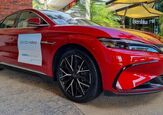


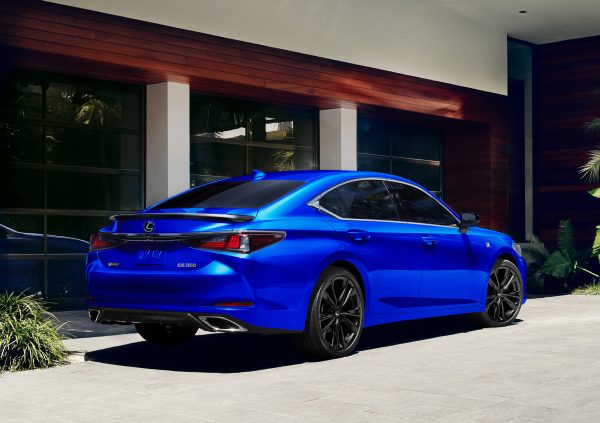














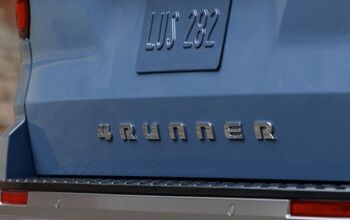
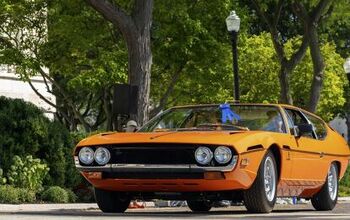
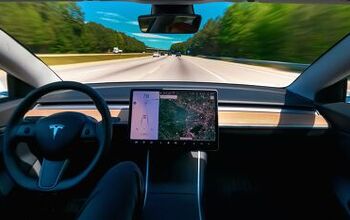
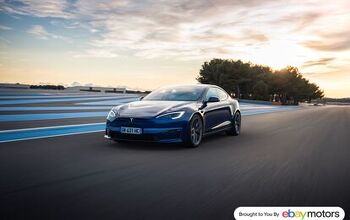
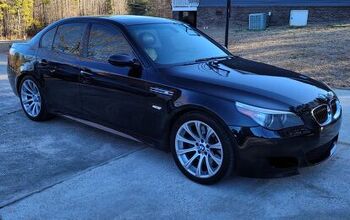
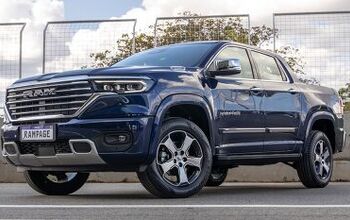

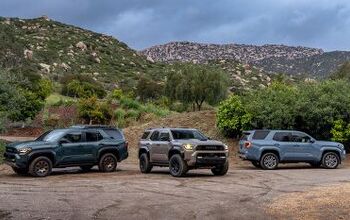
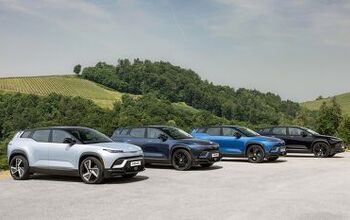
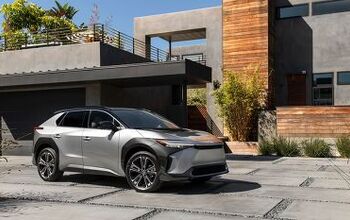
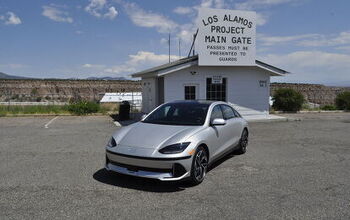
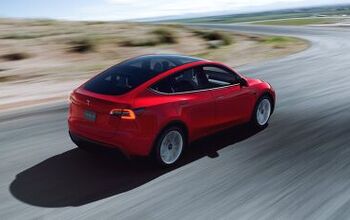
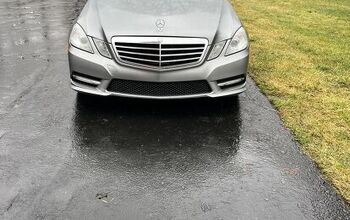
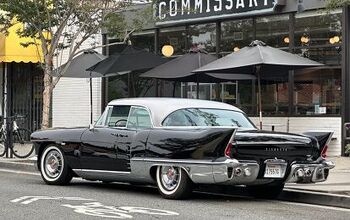
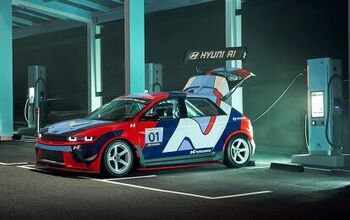

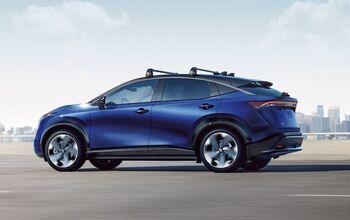

Comments
Join the conversation
Ouch. This seems a bit stupid. Why did they not add AWD and keep the V6? Or just make that the standard powertrain. Now you get to choose do you want power, smoothness, buttery amazing Lexus 3.5L V6 (a unique selling point in this market of turbo 4s) or give all that up for AWD? I suspect the AWD is gonna win. In my part of the world I think almost everyone views it as a must have. It is helpful, don't get me wrong, but everyone wants it. So AWD will win, they'll say "see...nobody cares about the V6!" and in a few years the V6 will go out of production and you'll get your choice of I4 with or without hybrid battery or AWD.
What I do not understand is why does no Lexus ES model offer heated rear seats, not even in an option package, while it is available in the Toyota Avalon. I checked it in Specifications and Optional Packages on the Lexus site. Even some economy cars with leather or fake leather seats have heated rear seats now, for example the Honda Civic.